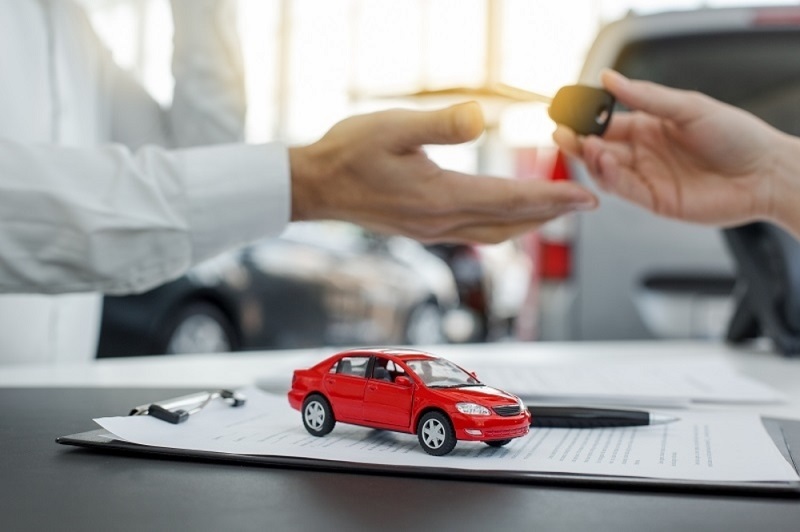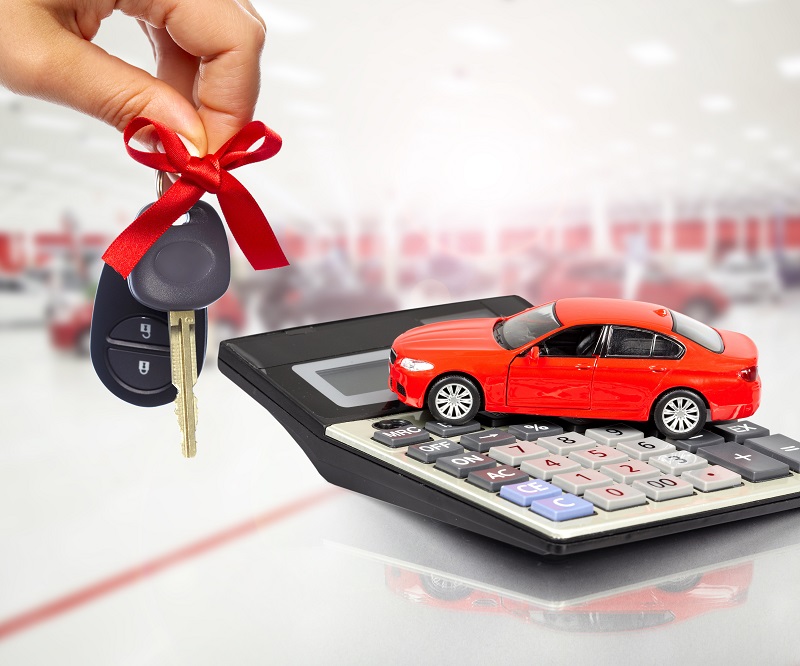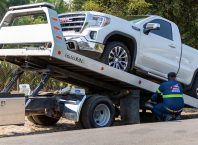Table of Contents
Buying a used car is a reasonable alternative, particularly for first-time automobile buyers with limited funds. However, used automobiles have pros and downsides, which you must be aware of to make an educated purchase. The following is a comprehensive guide to purchasing a used automobile in India.
Should You Purchase A Used Vehicle?
The cost-effectiveness of purchasing a pre-owned automobile merits consideration. However, before purchasing, you should confirm that the car is in excellent shape, has been well-maintained, and has no severe difficulties. If these conditions are satisfied, it may be worthwhile to purchase a used automobile since it will be substantially less expensive than a brand-new vehicle. Many businesses sell used cars in sewell, and they do so at very affordable prices.
However, extra caution is required when purchasing a secondhand automobile. Before completing the purchase, one must be 100 percent certain of the vehicle’s condition and the paperwork’s veracity. Because an automobile is a depreciating asset, it makes sense to buy a used vehicle.

Advantages of Purchasing A Used Car
It is possible to save a great deal of money by purchasing a used vehicle, but there are pros and downsides to consider. In this part, let us examine the advantages of purchasing a secondhand automobile.
1. Reduced Pricing
The pricing is one of the major benefits of secondhand autos. In other words, a used car will not deplete your money. With a cheaper price tag than a new automobile (it may be 50 percent lower), you can choose a better model or a larger vehicle without spending a fortune. Affordability is second hand cars’ primary advantage, making them a worthwhile investment.
2. Slower Depreciation Rate
The high depreciation rate is one of the greatest drawbacks of purchasing a new vehicle, and the same factor works in favor of a used vehicle. Yes, a used car loses value far less quickly than a brand-new one.
For example, the market value of a new automobile falls as soon as it leaves the dealership. The majority of its worth is lost during the first three years. Comparatively, a used automobile depreciates slower, and you may get a higher resale value if the vehicle is in excellent shape and you desire to sell it.
3. Reduced Auto Insurance Premiums
As previously said, a used automobile is far less expensive than a new one, and the car insurance rate depends on the vehicle’s age and market worth. Consequently, the insurance rate for a used automobile is cheaper.
4. Reduced Loan Sum
Due to the reduced cost of a used vehicle, the loan amount or amount borrowed will be less if you desire to finance the purchase. Consequently, your EMIs (Equated Monthly Installments) will be lower than EMIs for a brand-new automobile. Therefore, you may purchase a used vehicle without financial complications since you can get an auto loan with reasonable interest rates.
How to Purchase Used Automobiles in India?

The following points describe how to purchase a secondhand automobile in India.
1. Complete the Budget
Before purchasing a used vehicle, it is essential to determine the maximum amount you are ready to pay. In other words, you should finalize the budget for the purchase before looking at automobiles. This facilitates the elimination of alternative possibilities.
Check whether you have a pre-approved loan if you are financing the car purchase. If you still need to, you may contact financial institutions/banks to inquire about loan eligibility and paperwork requirements. It expedites the process after a purchasing choice has been made. As some of these secondhand car companies have a good reputation in the market, you can choose to buy many used cars in Mumbai for sale there.
2. Select a Vehicle
Once you have determined your budget for a used automobile, the following step is to choose a certain body style and model. Depending on your budget, you may choose between purchasing a hatchback, sedan, SUV (Sports Utility Vehicle), or MUV (Multi-Use Vehicle) (Multi Utility Vehicle).
Additionally, evaluate your needs before selecting a car. It makes little sense, for instance, to purchase a hatchback for a family of six. Consequently, base your decision on your budget and needs.
3. Consider Purchasing Options
After settling on a vehicle, the following step is to choose a purchasing method. You may purchase a used vehicle from an individual, a local pre-owned auto dealer, an online used vehicle dealer, an online classified ad, or a manufacturer’s 2nd hand car dealership. You may choose the one that best meets your needs.
4. Test-drive The Vehicle
The test drive is the next crucial step now that you have chosen a vehicle. Drive the vehicle for a considerable distance to inspect all of its components. Check the brakes, suspension, gearbox, steering, fluid levels, interior, etc., in addition to the engine. Choose the vehicle only if you are confident and comfortable with its condition. Do not just buy a used car because you see good ads like “used cars in Mumbai for sale” or similar. You can still use the information above for the inspection and test drive as a guide.
It is preferable to have a reputable technician do a comprehensive automobile inspection to be on the safe side. It will assist in uncovering any problems you may have overlooked while driving.
5. Examine The Documentation
Once you are satisfied with the vehicle, you may check the paperwork. Check the vehicle’s Registration Certificate (RC), auto insurance certificate, Pollution Under Control (PUC) certificate, road tax payment receipt, and NOC (No Objection Certificate) provided by the bank/financial institution if the vehicle was acquired with a loan.
6. Finish The Payment
If paperwork verification reveals everything is in order, you may pay for your used vehicle.
7. Property Transfer
The transfer of ownership is the last and most significant stage of this purchasing adventure. Since you are purchasing a pre-owned automobile, ownership must be transferred. Obtain all required documentation from the car seller/dealer and submit an ownership transfer application to the RTO. Once the procedure is complete, you become the “official” automobile owner.
Conclusion
Purchasing a vehicle, whether new or secondhand, is expensive. As with any significant expenditure, this must also be planned. You must carefully consider loans, interest rates, the exchange value of a used vehicle, and other things before purchasing a used vehicle. If you want to purchase a secondhand automobile for an ‘x’ amount, how much are you prepared to spend on repairs, if necessary? Do you want to modify it or add accessories? How much do these supplementary costs amount to? The answers to these questions are necessary for effective financial management when acquiring a secondhand automobile.



